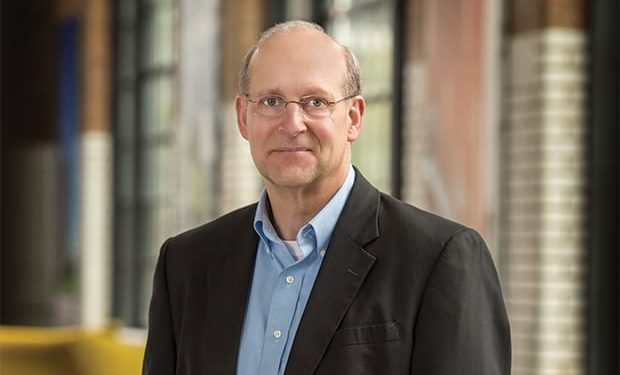The expert advice to answer your most pressing questions. This month, Reed Voorhees, AIA at CannonDesign, shares advice on architecture.
Why is putting thought into the architecture of a campus recreation center important?
RV: Architecture is not just a container for campus recreation defined solely by interior and exterior finishes of a building. It is a catalyst for success. It is the solution to a multitude of complex variables including geographic and site context, spatial relations, program adjacencies, operational efficiencies, and the less defined elements that stir the imagination and inspire users and staff.
What are your top three lessons learned?
RV: Successful campus recreation projects always have open communication between the design team, campus and students. It’s important everyone feels comfortable sharing ideas, opinions and constructive criticism. Another key piece is a clearly established decision-making process. Everyone needs to know who makes the final decisions. It’s also critical to ensure our clients think about the future of their buildings and create spaces that are highly adaptable for the future to maintain long-term ROI.
What are your top budgeting tips?
RV: Commit to designing a center that is easy to operate and maintain. Ultimately, institutions will spend more on operations and maintenance expenses than on the initial capital. Strategic design decisions made in the project’s infancy can translate to millions saved. Design is a tool for long-term savings when deployed strategically.
What tips can you give when it comes to communicating with the architect during a project?
RV: Designing a new recreation center takes years, and it’s important clients and architects build positive relationships. Those colleges and universities that build relationships with architects rooted in trust, open dialogue and respect will inherently achieve better results.
Another great tip is to recognize architects often use words and acronyms that aren’t part of everyday language. Campus recreation leaders should never hesitate to ask questions and ensure they understand everything architects are saying about their project. Moreover, architects are starting to use tools like virtual reality to communicate with clients. These tools help elevate quality, speed-up decision making and generate better outcomes. Don’t be afraid to ask architects about them and how they can benefit your project.
What tips can you give when it comes to communicating with staff and students during a project?
RV: Remember there are lots of ways to communicate. Not everyone feels comfortable speaking up in a group meeting. Leveraging tools like social media, surveys and smaller group meetings can surface important ideas that would otherwise go unheard. The best communication happens when students and staff have multiple ways to reach you.










